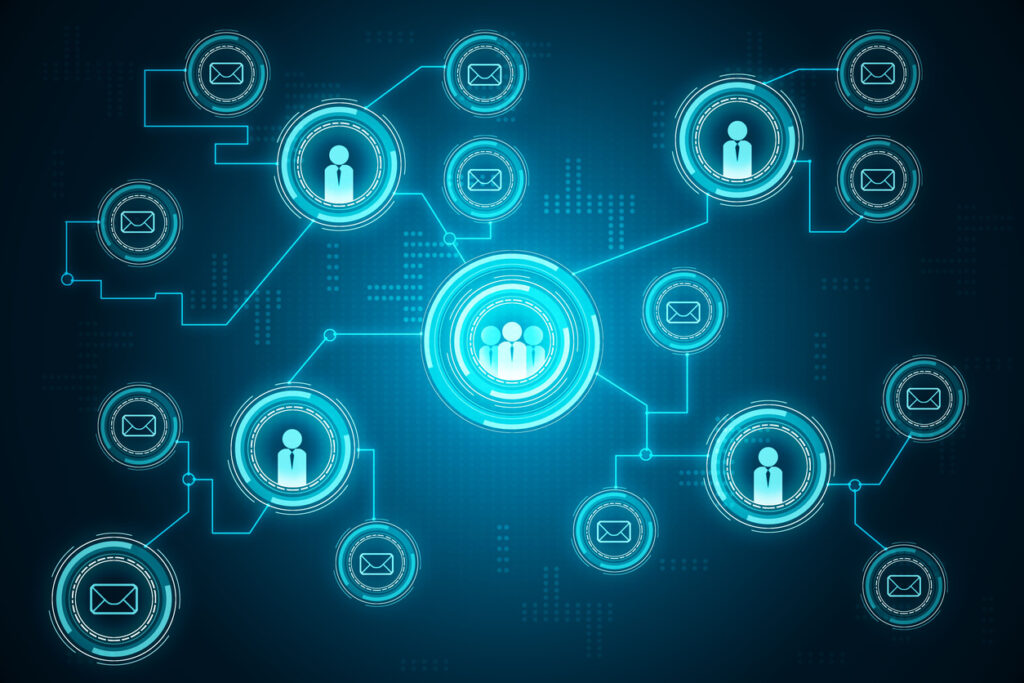In the ever-growing digital world, where data breaches and cyber threats are ever-present dangers, the management of user identities has become a cornerstone of cybersecurity. Identity Lifecycle Management (ILM) stands out as a crucial aspect of security frameworks within organizations. ILM encompasses the comprehensive processes involved in managing the identities of users from their initial creation through to their eventual deactivation. This lifecycle includes the creation, maintenance, and deletion of user accounts and ensures that users have appropriate access to systems and data while preventing unauthorized access. By streamlining identity management, ILM not only enhances security but also improves operational efficiency and compliance with regulatory requirements. This article explores the complexities of Identity Lifecycle Management, highlighting its importance, key components, and the role it plays in safeguarding organizational assets.
Defining Identity Lifecycle Management
Identity Lifecycle Management (ILM) is a comprehensive framework within cybersecurity that governs the creation, maintenance, and termination of digital identities. This process encompasses all the activities associated with managing user identities and their access to various systems and applications throughout their lifecycle within an organization. ILM ensures that users have the appropriate access rights at all times, balancing security needs with operational efficiency. It includes the initial setup of a digital identity when a new user joins an organization, involving the assignment of a unique identifier and initial access rights based on their role.

Components of Identity Lifecycle Management
The components of Identity Lifecycle Management (ILM) are essential elements that collectively ensure the secure and efficient management of digital identities within an organization. These components include:
- Identity Creation: This involves the initial setup of a digital identity for a new user, including assigning a unique identifier and initial access rights based on their role within the organization.
- Identity Maintenance: This ongoing process includes updating access rights as users‘ roles and responsibilities change, ensuring compliance with security policies, and conducting regular audits to verify that access permissions remain appropriate.
- Access Provisioning and De-provisioning: This component ensures that access to resources is granted and revoked as necessary, providing users with the permissions they need to perform their duties while preventing unauthorized access.
- Authentication and Authorization: Mechanisms are implemented to verify users‘ identities and control their access to resources based on their assigned permissions, ensuring that only authorized users can access sensitive information and systems.
- Identity Termination: When users leave the organization, this component ensures that their digital identities are properly retired and all access rights are removed, preventing potential security breaches from dormant accounts.
All these components work together to create a robust ILM system that helps organizations manage user identities securely and efficiently, safeguarding sensitive information, complying with regulatory requirements, and minimizing the risk of identity-related threats.
What are the solutions and tools for Identity Lifecycle Management?
Solutions and tools for Identity Lifecycle Management (ILM) encompass a variety of software and platforms designed to streamline and automate the management of digital identities throughout their lifecycle. These solutions typically include identity and access management (IAM) platforms, which provide a comprehensive suite of features such as user provisioning, access control, and authentication. IAM platforms enable organizations to create, modify, and delete user accounts efficiently while maintaining strict security controls.
- In addition to IAM platforms, directory services like Microsoft Active Directory (AD) play a crucial role in ILM by storing and managing user identity information in a centralized manner. These directories facilitate seamless integration with other systems and applications, ensuring that identity data is consistent and up-to-date across the organization.
- Single Sign-On (SSO) solutions are another important tool in ILM, allowing users to access multiple applications with a single set of credentials. SSO enhances user convenience and security by reducing the number of passwords users need to remember and manage. Additionally, multi-factor authentication (MFA) solutions add an extra layer of security by requiring users to provide multiple forms of verification before granting access.
- Access governance tools are also essential in ILM, providing capabilities for role-based access control (RBAC) and policy enforcement. These tools help ensure that users have the appropriate level of access based on their roles and responsibilities while maintaining compliance with security policies and regulations.
As a conclusion to this point, we can confirm that effective ILM relies on a combination of IAM platforms, directory services, SSO and MFA solutions, access governance tools, and robust audit and reporting capabilities to manage digital identities securely and efficiently throughout their lifecycle.
The Role of ILM in Modern Cybersecurity
In modern cybersecurity, Identity Lifecycle Management plays a pivotal role in safeguarding organizational assets by providing a structured framework that enables organizations to systematically create, maintain, and retire user identities, thereby mitigating risks associated with unauthorized access and identity-related threats. By automating the processes of access provisioning and de-provisioning, ILM ensures that users are granted appropriate access rights based on their roles and responsibilities, while promptly revoking access when it is no longer needed. This reduces the likelihood of security breaches caused by outdated or excessive access permissions.
Basically, ILM is integral to modern cybersecurity as it provides a comprehensive approach to managing digital identities, protecting sensitive information, and ensuring that access controls are both effective and compliant with industry standards. This not only enhances the overall security posture of an organization but also supports operational efficiency by streamlining identity management processes.
